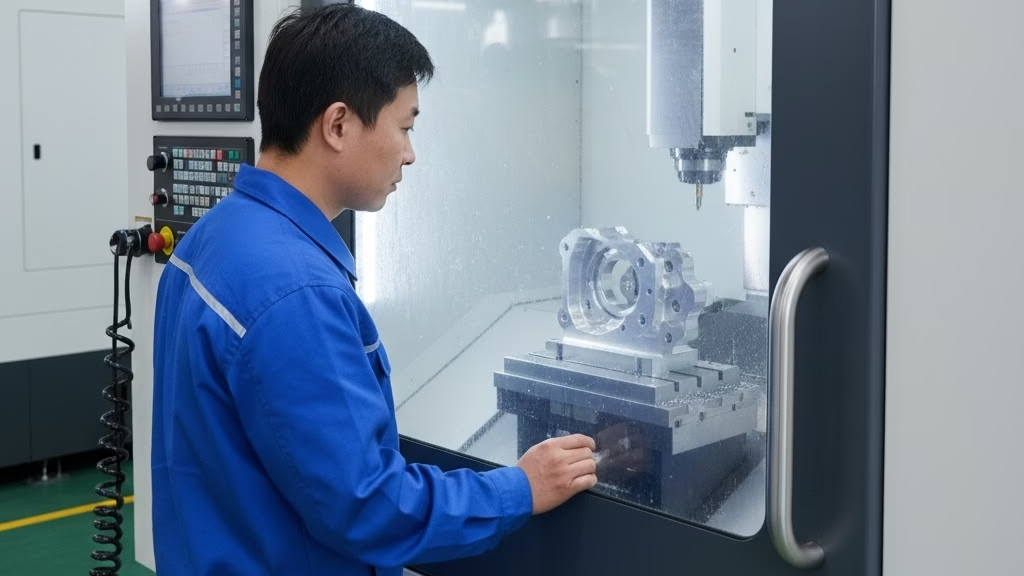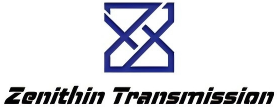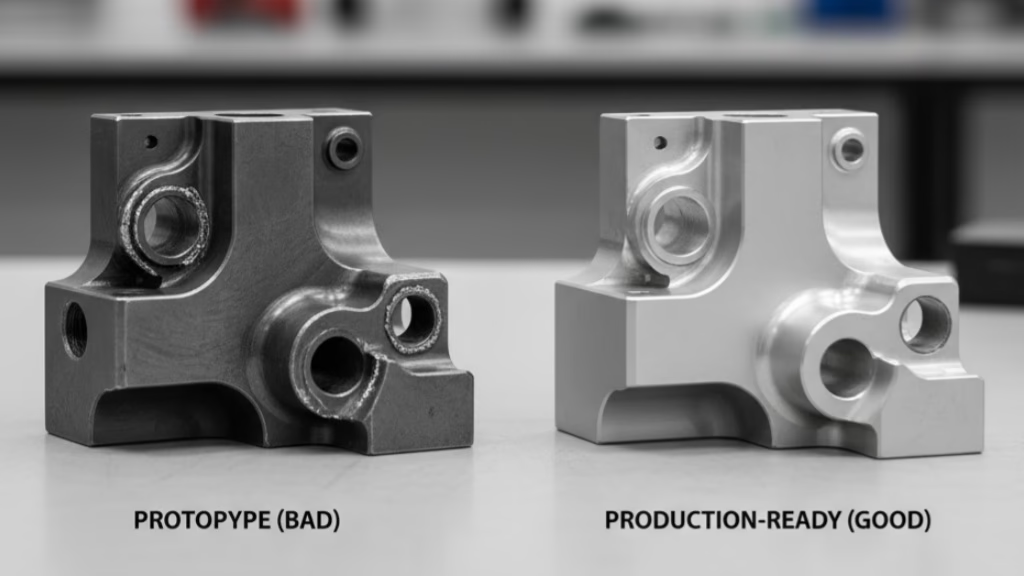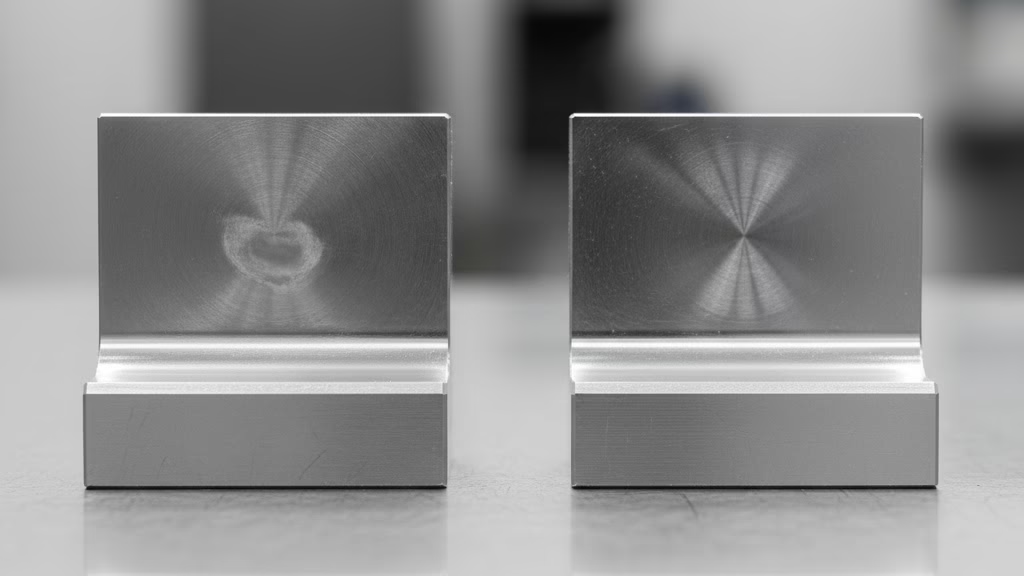Tired of perfect CNC parts failing after heat treatment or finishing? This guide provides a proven framework to eliminate these costly errors. We’ll show you how to manage the entire manufacturing workflow, not just the individual steps.
Successfully integrating CNC machining with post-processing requires shifting from a simple Design for Manufacturability (DFM) mindset to a holistic Design for Manufacturing Lifecycle (DFM-L) approach.
This involves planning for post-processing effects like dimensional changes from heat treatment and thickness additions from finishing during the initial CNC programming phase. The key is to select a single, fully integrated supplier who manages the entire process under one unified quality system.
Now, you’re going to learn the exact strategies, diagnostic questions, and real-world case studies you need to implement this process. Keep reading to see how you can avoid common pitfalls and ensure your projects are delivered on time and to spec.
The Hidden Risks of a Multi-Supplier Model

Why does it feel like you’re constantly fighting fires, even when you’ve chosen best-in-class suppliers for each step of the manufacturing process?
The reality is that a multi-supplier model, while seemingly cost-effective on paper, creates systemic risks that can derail your project.
The Domino Effect of Delays
Let’s look at your total lead time. It’s not just the sum of processing times. A more accurate picture looks like this:
Total Lead Time = CNC Machining Time + (Transport 1 + Wait 1 + Heat Treat Time) + (Transport 2 + Wait 2 + Finishing Time)
Those transport and wait times are the hidden variables that cause cascading delays. A part might only need eight hours in a furnace, but it could spend three to five business days in transit and waiting in line at the heat treatment facility.
In many projects, this non-value-added “wait and transport” time can account for over 50% of your entire post-processing schedule. Each handoff is another potential point of failure, another domino ready to fall and disrupt your entire project timeline.
The True Cost of Management
Beyond delays, there’s a significant hidden financial cost. While you may have negotiated a low price for each separate process, have you calculated the total cost of ownership (TCO)? Consider the cost of your own time spent managing these separate vendors:
Hidden Cost = (Time spent on communication & logistics) x Your Hourly Cost
If your loaded hourly cost is $75, and you spend just four extra hours a week coordinating between your CNC, heat treatment, and finishing suppliers, you’re adding $300 a week to the project’s budget.
Over a four-week project, that’s an additional $1,200 in hidden management overhead. Furthermore, if a part fails at the final finishing stage, the loss isn’t just the cost of that one process; it’s the cumulative cost of the raw material, CNC machining, heat treatment, and all associated logistics.
The Multiplier Effect on Quality
Finally, let’s consider the statistical reality of quality control in a fragmented system. Even if each of your suppliers has an excellent yield rate, the final quality is a product of all stages combined.
Final Yield Rate = Yield Rate (CNC) × Yield Rate (Heat Treat) × Yield Rate (Finishing)
If each of your three suppliers delivers a very high yield of 98%, your final project yield isn’t 98%. It’s:
0.98 x 0.98 x 0.98 = 94.1%
This means you’ve already accepted a nearly 6% scrap rate before you even begin.
This is why renowned quality expert W. Edwards Deming stated, “A bad process will beat a good person every time.” You can hire the best people and suppliers, but if the system itself is flawed, you will constantly struggle with the outcome. The problem isn’t the players; it’s the game.
| Risk Category | Primary Impact | Key Metric |
|---|---|---|
| Time | Project Delays | 50%+ of schedule lost to logistics |
| Cost | Budget Overruns | $1,200+ in hidden monthly costs |
| Quality | Increased Scrap Rate | ~6% baseline scrap rate |
From DFM to DFM-L for 90% Success
How do you prevent these problems from happening in the first place?
The solution is to shift your mindset from a traditional Design for Manufacturability (DFM) approach to a more holistic one: Design for Manufacturing Lifecycle (DFM-L).
Traditional DFM often focuses solely on whether a part can be efficiently CNC machined.
DFM-L, however, expands this view to consider the entire journey of the component, from raw material to the final finished product. It forces a critical conversation at the design stage about how decisions made for machining will impact the outcomes of heat treatment and surface finishing. Adopting this mindset can help you engineer success from the very beginning.
Here’s a practical checklist to start implementing DFM-L in your projects:
Plan Tolerances and Allowances Holistically
Instead of just defining the final tolerance, your design must account for the dimensional changes that will occur during post-processing.
-
- Surface Finishing: If a part requires Type II anodizing, you know it will add a surface thickness of between 0.005mm and 0.025mm. Does your CNC program account for this by machining the part slightly undersized? For comprehensive aesthetic and functional finishing options including sandblasting, plan holistically.
- Heat Treatment: For a 4140 steel component undergoing quenching, you can anticipate a dimensional change of approximately 0.1% to 0.3%. For a 200mm part, this means planning for up to 0.6mm of movement. An integrated process plans for this predictable change.
Optimize Geometric Structures to Reduce Risk
Certain design features are invitations for trouble during heat treatment. An integrated engineering team can spot these risks early.
-
- Avoid Sharp Internal Corners: These create stress concentrations that can lead to cracking during the rapid heating and cooling of quenching. Adding a radius is a simple machining step that significantly reduces this risk.
- Maintain Uniform Wall Thickness: Drastic changes in wall thickness cause uneven heating and cooling, which is a primary driver of part warping.
Re-evaluate Material Selection for the Full Lifecycle
The easiest material to machine is not always the best material for the finished part. A material might have excellent machinability but poor stability during heat treatment. Another might be slightly more challenging to machine but will deliver far greater consistency after the entire process is complete. A DFM-L approach involves selecting a material that performs predictably across the entire manufacturing workflow.
Master Your Design for Manufacturability
Eliminate costly errors before they happen. Our comprehensive DfM guides provide the expert insights you need to optimize your designs for the entire manufacturing lifecycle, from CNC machining to final finishing.
Distinguishing True Partners from Coordinators

The term “one-stop shop” is used frequently, but it doesn’t always mean what you think. Not all integrated services are created equal.
When you’re vetting a supplier for your next complex project involving both CNC machining and post-processing like heat treatment and finishing, you’re likely encountering one of three distinct types of partners. Understanding the difference is crucial to mitigating your risk.
Type A: The Coordinator
This is the most common type of “one-stop” supplier. They typically have a strong core competency, such as CNC machining, and manage a network of external vendors for processes like heat treatment or anodizing. They handle the logistics and project management, so you only have one point of contact.
- Value: This model simplifies your administrative workload. You have one purchase order, one invoice, and one company to call.
- Hidden Risk: The fundamental knowledge gap between the machining and post-processing stages still exists. The CNC team and the heat treatment team work for different companies with different quality systems and priorities. When a complex distortion problem arises, resolving it is often slow and inefficient.
Type B: The In-House Hybrid
This supplier has taken a step further by bringing one or two key post-processing services in-house. They might have their own heat treatment furnace for common materials or a passivation line.
This gives them greater control over the schedule and quality for the majority of standard jobs.
- Value: For projects that fit within their in-house capabilities, you get faster turnaround and more reliable process control than with a Coordinator.
- Hidden Risk: This model can create a “capability bias.” A supplier might subtly guide your project toward the processes they have in-house, even if a different, outsourced process would be technically better for your part. You need to understand where their in-house expertise ends and their reliance on external vendors begins.
Type C: The True Integrator
This is the rarest and most valuable type of partner. They possess not only the equipment for CNC machining, heat treatment, and finishing under one roof but, more importantly, they have integrated the knowledge between these departments.
Their CNC engineers, metallurgists, and finishing specialists collaborate from the design review stage.
As manufacturing expert Kate Vitasek, a faculty member at the University of Tennessee, notes, “The real competitive advantage comes from developing strategic partnerships with highly capable suppliers who can manage a larger portion of the value stream.” This is the essence of the True Integrator. They move the conversation from “price” to “total cost and innovation.”
How to Identify a True Integrator:
Don’t just ask, “Do you offer heat treatment?” Instead, ask these diagnostic questions:
- “Is your heat treatment process managed under the same quality system (e.g., ISO 9001, AS9100) as your machining?”
This quickly separates those who are simply coordinating from those who have true operational control. - “Can we schedule a brief technical review with both your lead CNC programmer and your heat treatment specialist before we launch the project?”
A True Integrator will welcome this collaboration. A Coordinator will find it difficult or impossible to arrange.
From Theory to Practice
This integrated approach isn’t just a theoretical model; it delivers tangible results. Let’s look at how this thinking has solved real-world challenges for projects just like yours.
Case Study 1: The “Perfect Scrap” Drive Shaft
- The Challenge: A client was producing high-precision 4140 steel drive shafts. The parts passed every quality check after CNC machining but failed inspection after heat treatment at a separate facility, with a final yield rate below 60%. Both suppliers insisted their process was correct, and the project was stalled.
- The Integrated Solution: We diagnosed the problem as residual stress induced during machining. The original CNC process used high speeds and light cuts to achieve a beautiful surface finish, but it created a highly stressed surface layer. During heat treatment, this stress was released, causing the parts to warp. Our integrated team reprogrammed the CNC process with a more robust machining strategy. The initial surface finish was technically rougher, but the subsurface stress was minimized.
- The Result: The final yield rate after heat treatment jumped from 60% to 99%. By understanding how machining parameters directly affect heat treatment outcomes, we were able to make the entire process successful.
Case Study 2: The High Cost of “Saving Money”
- The Challenge: A client manufacturing high-performance drone arms from 7075 aluminum decided to save about 15% on costs by sending our perfectly machined components to a low-cost anodizing vendor they found. Managing processes like anodizing or complete finishing with painting & silk screening requires specialized quality control.
- The Integrated Solution: The result was a disaster. The vendor’s inconsistent chemical processing led to color variations, surface blemishes, and poor coating adhesion. The entire batch of expensive, precision-machined parts had to be scrapped. The actual loss was more than 30 times the amount they had initially “saved.” Our approach is to treat surface finishing with the same level of risk management as the core CNC machining. It’s the final step where the part’s full value is realized.
- The Result: We now advise clients that a reliable finishing process, managed within an integrated quality system, is a non-negotiable part of risk management. The lowest price is rarely the lowest total cost.
Conclusion: Your New Role as a Project System Architect

Your role as a project manager is more than just managing timelines and budgets; it’s about building a reliable, efficient manufacturing system for your components.
Constantly fighting fires and resolving disputes between suppliers isn’t a sign of a dedicated manager; it’s a symptom of a broken process. By choosing a truly integrated manufacturing partner, you’re not just buying parts—you’re investing in a seamless system where expertise in CNC machining, metallurgy, and finishing processes are all working in concert.
This approach transforms your role. Instead of a reactive firefighter, you become a proactive system architect. You spend less time chasing down answers and more time making strategic decisions that drive project success.
Ready to build a better system? Contact us today for a free 15-minute technical assessment with our engineering team. Let’s review your design together and eliminate 90% of the risks before your project even begins.
Ready to Build a Better System?
You have the vision for a complex part. Let our integrated team of CNC and post-processing experts ensure it’s manufactured to spec, on time, without the risks of a fragmented supply chain.
References & Notes
[1] W. Edwards Deming’s Quality Philosophy: The quote “A bad process will beat a good person every time” is a widely recognized summary of Deming’s management philosophy, which emphasizes optimizing entire systems rather than blaming individuals for problems created by flawed processes. His work is foundational to modern quality control movements.
[2] Kate Vitasek’s Vested Outsourcing: The quote is based on the principles developed by Kate Vitasek at the University of Tennessee. Her “Vested” methodology advocates for creating highly collaborative, win-win relationships with suppliers, moving beyond simple transactional interactions to build true strategic partnerships that manage a larger portion of the value stream.




